Mastering the art of pitching in baseball isn’t just about throwing a blazing fastball. While a good fastball can certainly get you far, becoming a complete pitcher requires a diverse arsenal of pitches.
Each type of pitch serves a unique purpose, and understanding their differences can elevate your game. Baseball pitches fall into three main categories: fastballs, breaking balls, and offspeed pitches.
Fastballs are the quickest and often the most straightforward, but some variations come with subtle movements. Breaking balls, on the other hand, are slower but feature significant movement, making them tricky for batters to hit.
Offspeed pitches aim to mimic the appearance of fastballs but are thrown at a slower speed to disrupt the hitter’s timing.
Whether you’re a pitcher looking to expand your repertoire or a fan wanting to deepen your knowledge, understanding these pitches is essential.
Guide to identifying pitches
Identifying pitches in baseball can be a thrilling skill to master for any fan.
Here’s a guide to help you recognize the various types of pitches:
Learning to Identify Pitches
Learning to identify pitches in baseball can be an exciting journey for any fan.
Here’s a step-by-step guide to help you become proficient at recognizing different types of pitches:
Understand Pitch Types
Familiarize yourself with the various types of pitches commonly used in baseball, such as fastballs, breaking balls, and specialty pitches. Learn their characteristics, including speed, movement, and spin.
Study Pitch Grips
Research and study the different grips pitchers use for each type of pitch. Understanding how the pitcher holds the ball can give you valuable insights into the type of pitch being thrown.
Watch Slow-motion Videos
Watch slow-motion videos of pitchers throwing different types of pitches. Pay close attention to the release point, hand position, and the trajectory of the ball. This will help you visualize the mechanics of each pitch.
Practice Pitch Recognition
Watch live games or recorded footage of pitchers throwing pitches. Try to identify the type of pitch before it reaches the batter based on its speed, movement, and trajectory. Make use of replays to analyze and refine your skills.
Learn from Experts
Listen to commentary from baseball analysts and experts who provide insights into pitching strategies and pitch identification. Their observations can deepen your understanding and help you refine your ability to identify pitches.
Play Pitch Recognition Games
Engage in pitch recognition games and simulations available online or through baseball video games. These interactive experiences can provide valuable practice in identifying pitches in real-time scenarios.
Seek Feedback
Discuss pitch identification with fellow baseball fans, coaches, or players. Share your observations and seek feedback on your accuracy. Constructive criticism can help you improve and refine your skills.
Practice Patience and Persistence
Becoming proficient at identifying pitches takes time and practice. Be patient with yourself and stay committed to honing your skills. Consistent practice and dedication will lead to improvement over time.
Test Your Skills
Put your pitch identification skills to the test by attending live games or participating in pitch identification challenges. Challenge yourself to accurately identify pitches thrown by different pitchers in various game situations.
Enjoy the Process
Remember to enjoy the process of learning and improving your pitch identification skills. Celebrate your successes and learn from your mistakes along the way. Embrace the excitement of unraveling the mysteries of each pitch as you continue to refine your abilities.
12 different pitches in baseball
In baseball, pitchers utilize a variety of pitches to keep batters off balance and maximize their effectiveness.
Here are 12 different pitches commonly seen in the game:
1. Slider
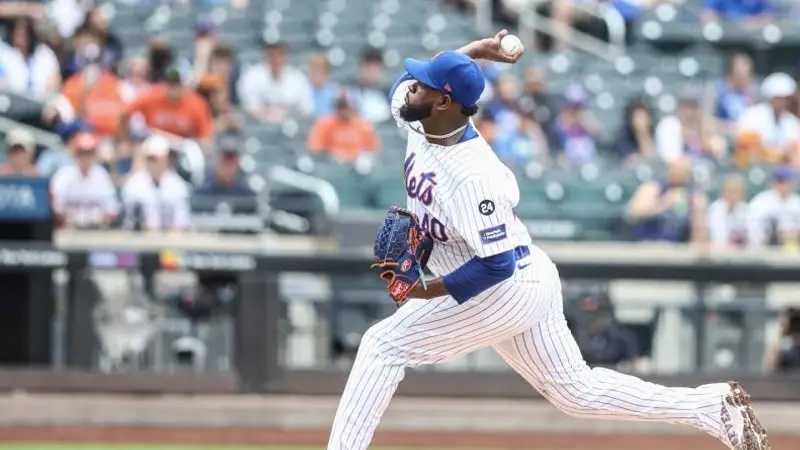
The slider is a breaking ball that offers a sharp, lateral movement. It typically stands at 5-10 MPH slower than a fastball.
Sweeping Slider
More side spin and true spin, moving horizontally. This pitch often confuses batters due to its unpredictable path, making it a favorite for breaking ball specialists. Understanding the mechanics behind this can enhance any pitcher’s arsenal.
Gyro Slider
More gyro spin, affected more by gravity, and moves downward. This pitch is called a curveball, and it’s a staple in any pitcher’s arsenal due to its dramatic movement. Not only does it drop sharply, but it’s also effective for striking batters out.
Example: Shohei Ohtani’s sweeping slider had a 37.4% usage rate in 2022.
2. Fastball
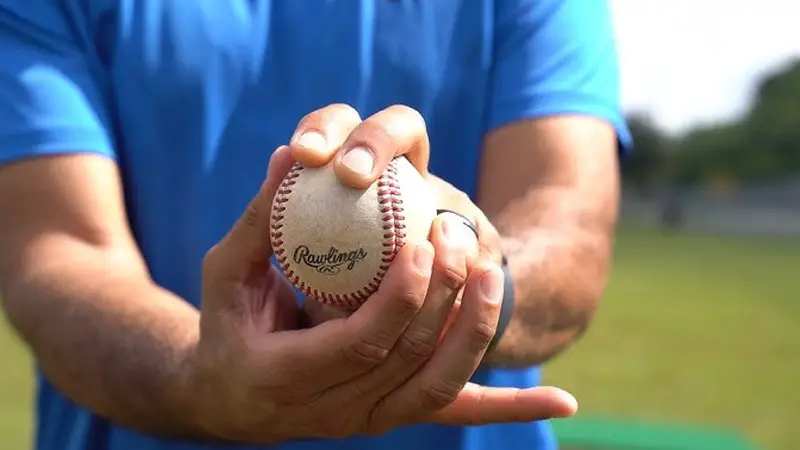
A fastball is the most common pitch and is thrown at high speeds.
It consists of several variations:
Four-seam Fastball
Straight pitch, highest velocity. Straight pitch, highest velocity. Curveball, it breaks downward, baffling hitters. Slider, combines speed and spin. Changeup, deceives with slower speed. Knuckleball, unpredictable movement.
Two-seam Fastball
Moves slightly down and in. This pitch, often referred to as a sinker, is designed to induce ground balls. Its movement makes it difficult for batters to hit with power, contributing to its effectiveness in strategic pitching.
Cutter
Breaks late with slight horizontal movement. This pitch can be particularly deceptive to batters, often coming in faster and moving less than they anticipate. Common examples include the two-seam fastball or the cutter.
Sinker
Drops sharply as it approaches the plate. This pitch is often known as a “splitter” or “split-finger fastball.” It’s designed to deceive hitters with its sudden downward motion, making it hard to connect solidly with the ball.
Split-finger Fastball
Falls sharply at the plate. Falls sharply at the plate, the curveball is a staple in any pitcher’s repertoire. This pitch is designed to deceive batters with its sudden drop, making it difficult to hit accurately.
Example: Justin Verlander’s four-seam fastball had a 50.4% usage rate in 2022.
3. Screwball
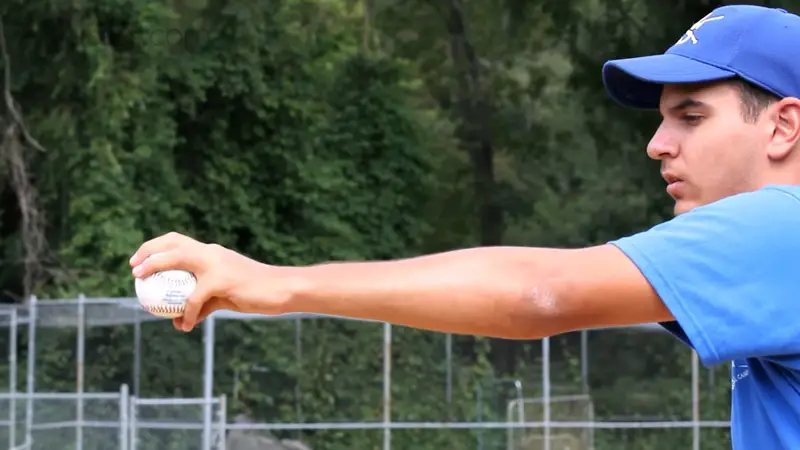
A screwball breaks opposite of a slider, curving in toward a right-handed hitter from a right-handed pitcher. It disrupts the hitter’s timing by appearing to “screw” away.
The unique movement of a screwball makes it particularly challenging to hit, often causing batters to misjudge the pitch.
This pitch is less commonly seen due to the strain it can place on the pitcher’s arm. While not as prevalent as pitches like the fastball or curveball, mastering the screwball requires exceptional skill and precision.
Understanding its potential impact allows pitchers to add an unpredictable element to their repertoire, keeping hitters off balance.
4. Changeup
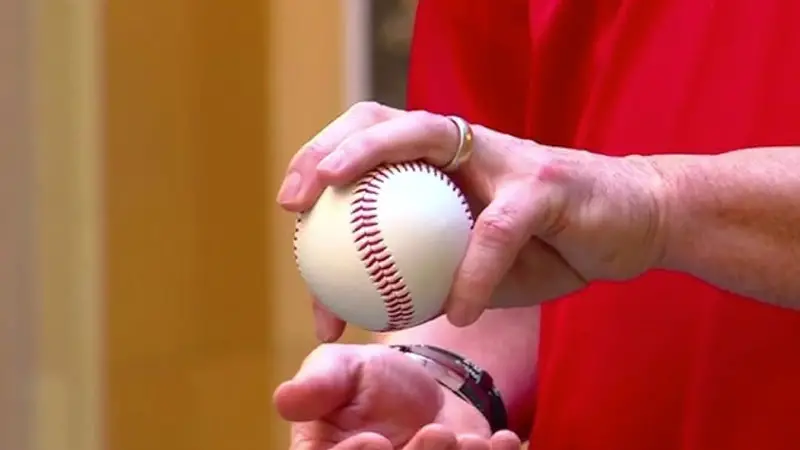
The changeup is an off-speed pitch designed to resemble a fastball but at a much lower speed. It disrupts the hitter’s timing effectively. A common variation gripped with a circle formed by the thumb and index finger.
It has a slight tailing action that moves away from a right-handed hitter when thrown by a right-handed pitcher, adding to its deceptive nature. This pitch is particularly effective when used in conjunction with a fastball.
5. Curveball
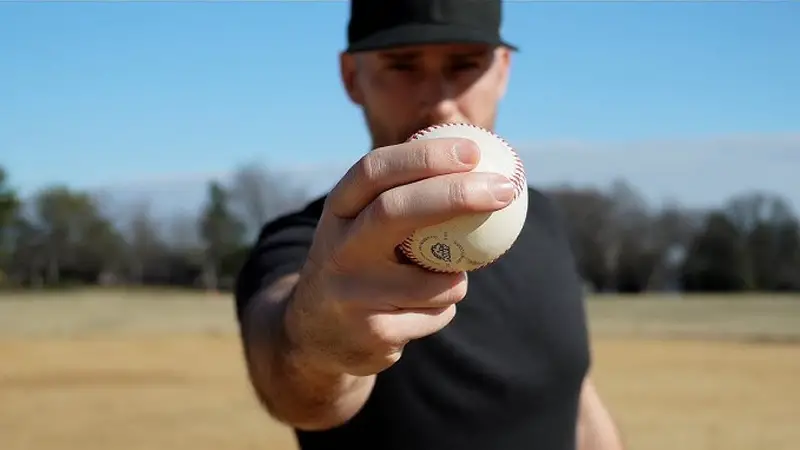
The curveball is a breaking ball with a downward, looping arc. It moves from a 12 o’clock to 6 o’clock position.
Drops sharply without horizontal movement. The slider is another breaking pitch that combines lateral and downward movement. It’s thrown with a grip similar to a fastball but released with a subtle twist, causing it to break late.
6. Slurve
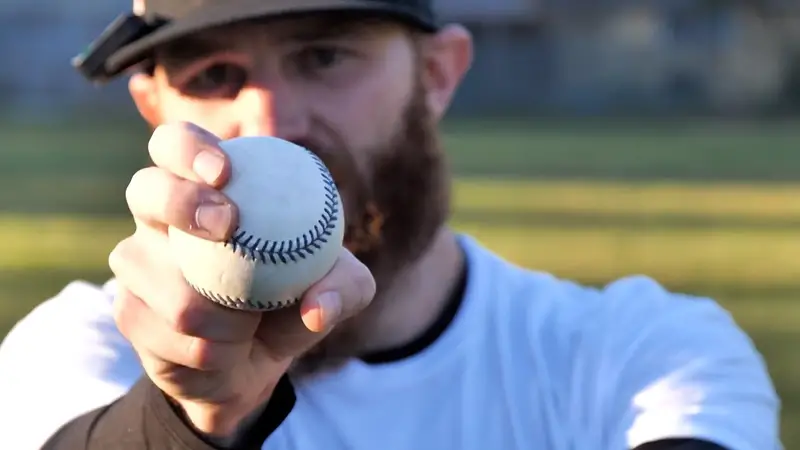
A slurve combines elements of a slider and a curveball, breaking both downward and laterally. It often confuses hitters due to its unpredictable trajectory, making it a valuable pitch for disrupting timing.
To master a slurve, focus on grip and wrist action while maintaining consistent arm speed. Another effective pitch is the split-finger fastball, which drops sharply as it reaches the plate.
By positioning the ball between two fingers and using a fast arm motion, you can achieve significant downward movement and reduce the likelihood of solid contact with the bat.
Example: Some pitchers use it to make their arsenal unpredictable.
7. Cutter
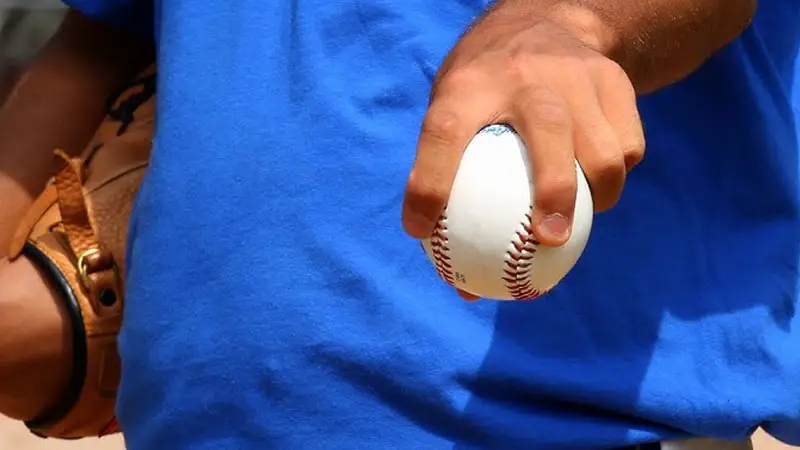
The cutter, or cut fastball, breaks late and moves slightly away from the pitcher’s arm side. It’s effective in jamming hitters.
Another notable pitch is the slider, which has a sharper break than the cutter and moves more horizontally. It’s particularly useful for striking out batters due to its deceptive movement.
Example: Often used by Mariano Rivera to dominate hitters.
8. Sinker
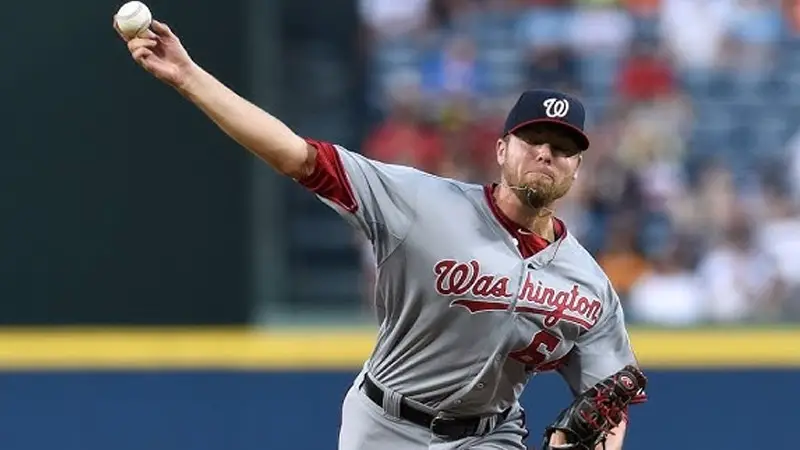
The sinker is a fastball variant that drops sharply as it nears the plate, inducing ground balls. Another prevalent pitch is the slider, which combines speed with lateral movement, making it challenging for batters to hit.
The changeup deceives hitters by mimicking a fastball but arriving slower. A curveball, with its distinct arc and downward movement, can make even the best hitters miss.
Lastly, the cutter resembles a fastball but breaks in on the batter, often resulting in missed swings or weak contact.
Example: Effective when combined with a four-seam fastball.
9. Splitter
The splitter is similar to the sinker but falls more sharply, often resulting in swinging strikes. It is gripped with the index and middle fingers split by the ball, creating a tumbling effect.
Popularized by pitchers such as Roger Clemens, it’s a devastating tool for strikeouts. Meanwhile, the knuckleball is an unpredictable pitch that moves erratically due to minimal spin. Thrown by gripping the ball with the knuckles, it is notoriously difficult for batters to hit.
10. Knuckleball
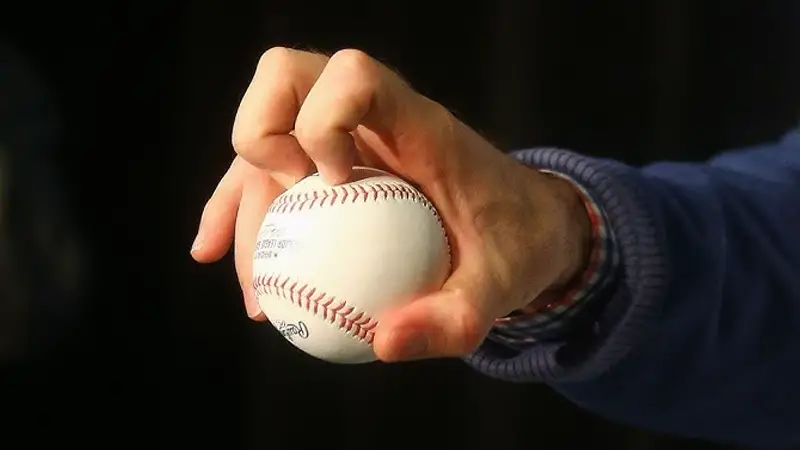
A knuckleball is thrown with minimal spin, causing erratic movement. It’s the most unpredictable pitch. The lack of spin results in unpredictable motion, making it challenging for batters to anticipate.
Despite its difficulty to master, it can be a game-changer when executed correctly. Another notable pitch is the slider, which breaks laterally and downward.
Known for its deceptive movement, it keeps hitters off-balance. It’s a powerful tool when used strategically within the pitcher’s arsenal.
11. Palmball
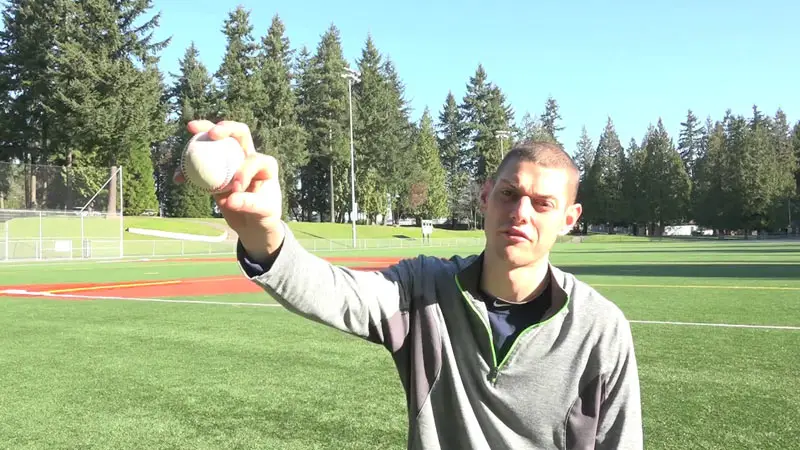
A palmball is a type of changeup gripped deep in the palm. It’s thrown slower than a fastball, deceiving hitters. This pitch can often cause batters to swing early, as it appears similar to a fastball at first glance.
The effectiveness of a palmball lies in its ability to disrupt the hitter’s timing. Another popular pitch is the slider. It combines elements of both a fastball and a curveball, breaking laterally and downwards as it approaches the plate.
This late movement can make the slider extremely difficult to hit, especially when thrown with precision.
12. Eephus
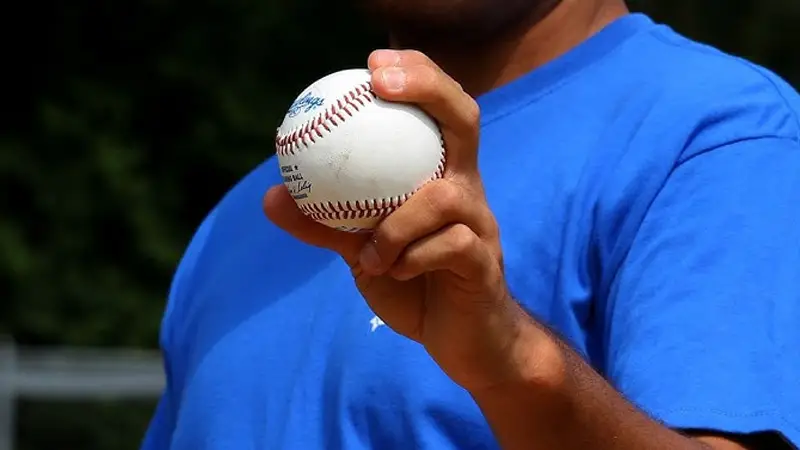
The eephus pitch is a very slow, high-arcing pitch used to catch batters off guard. It has an exaggerated lob. Despite its deceptive speed, the eephus can be effective when used sparingly.
Its slow velocity contrasts sharply with faster pitches, making it difficult for batters to time their swings properly.
This pitch is often thrown with a dramatic change in speed, creating a mental challenge for hitters. Successful pitchers use the eephus to disrupt the batter’s rhythm, adding an element of unpredictability.
Frequently Asked Questions
What are the main categories of baseball pitches?
Baseball pitches are categorized into three main types: fastballs, breaking balls, and offspeed pitches. Each type has different characteristics and complexities that contribute to a pitcher’s strategic approach on the field.
How can fans identify different types of baseball pitches?
Fans can identify different pitches based on speed and movement. Fastballs are generally straight and fast, breaking balls have sharp, curving movements, and offspeed pitches are slower and used to deceive hitters.
What are some examples of fastball pitches?
Examples of fastball pitches include the Four-seam fastball, Two-seam fastball, Cutter, Splitter, and Forkball.
What are breaking ball pitches?
Breaking ball pitches are those that have sharp, curving movements. Common examples include the Curveball, Slider, Slurve, and Screwball.
What are offspeed pitches?
Offspeed pitches, such as the Changeup, Palmball, and Circle Changeup, are thrown slower than fastballs.
Conclusion
Understanding the wide array of baseball pitches can transform your appreciation of the game. Whether you’re a player looking to expand your repertoire or a fan eager to deepen your knowledge, recognizing the nuances of each pitch type is invaluable.
As pitchers continue to innovate and refine their skills, the game of baseball remains as dynamic and exciting as ever.
So next time you’re watching a game, pay close attention to the subtle differences in each pitch and enjoy the strategic mastery on display.
From fastballs to curveballs and sliders to changeups, every pitch has its own unique characteristics and intended outcomes.
By familiarizing yourself with these, you’ll gain a greater understanding of the pitcher’s approach and the strategies used to outsmart batters.

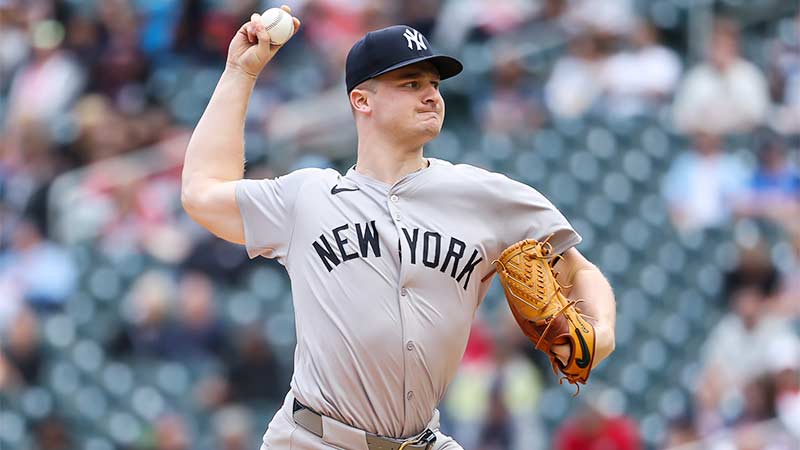



Pat Bloom